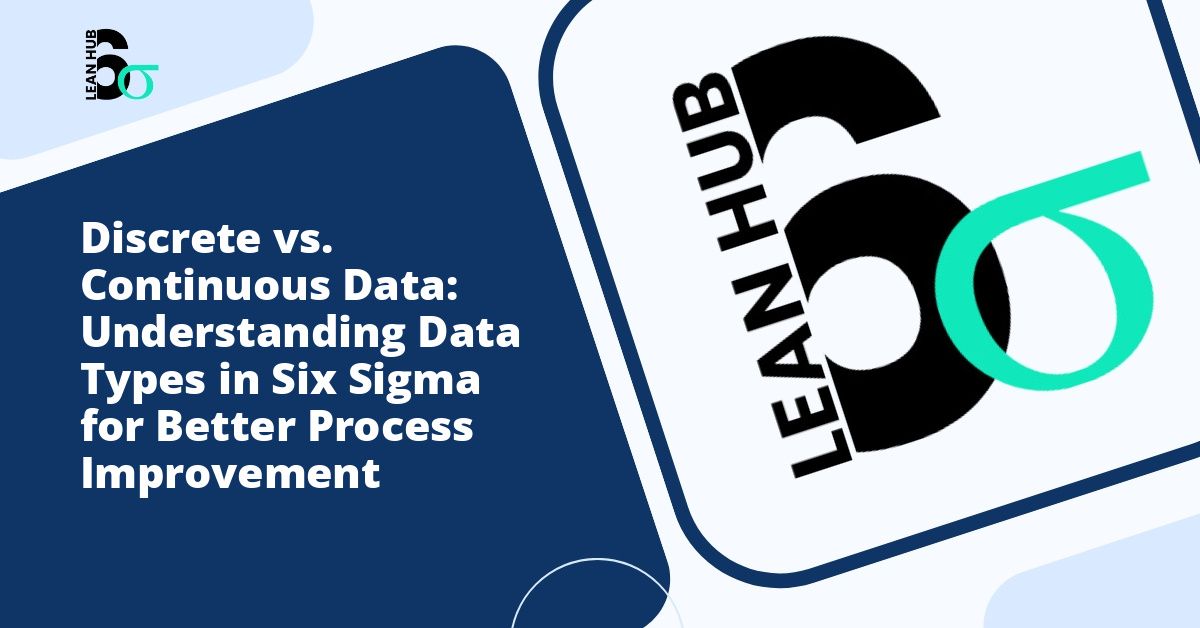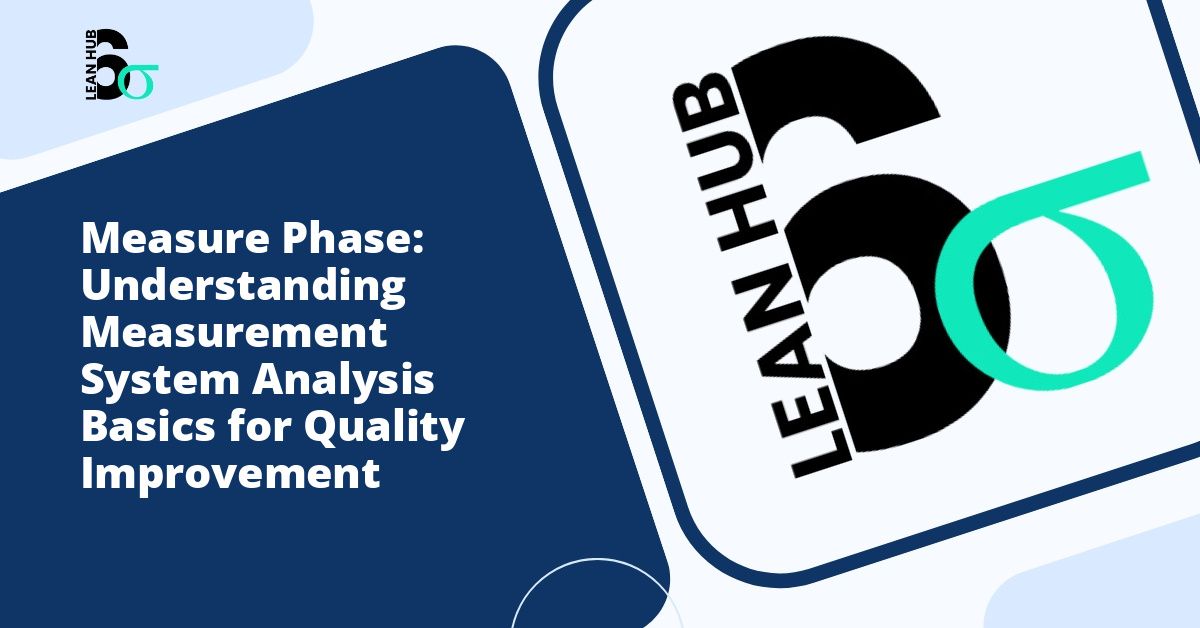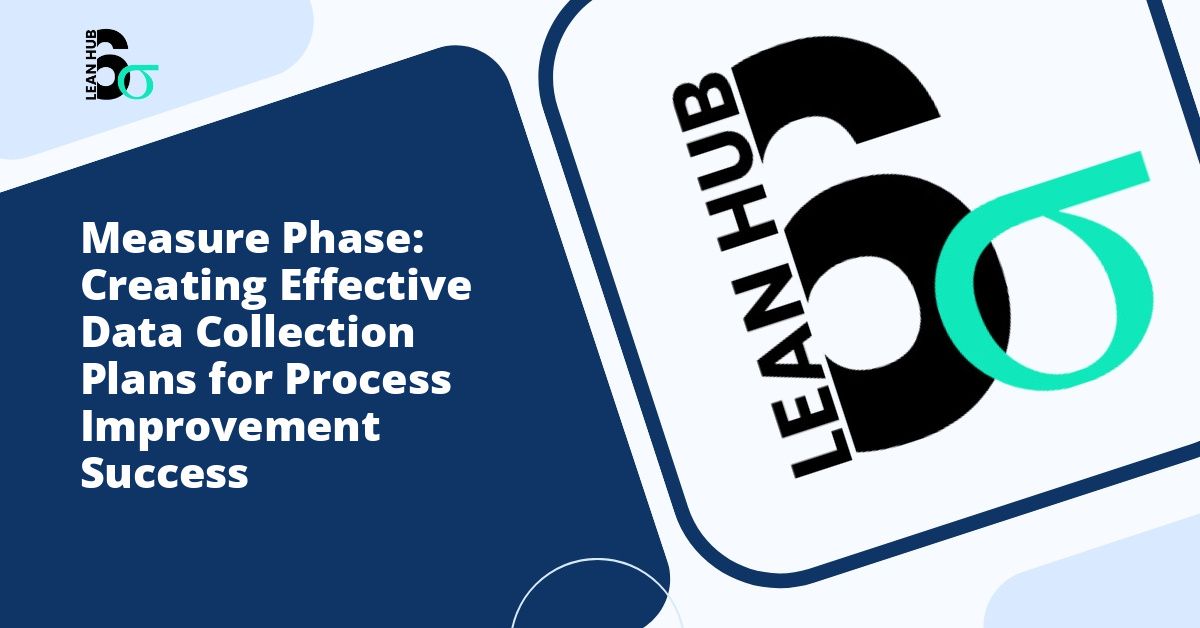In the world of quality management and process improvement, understanding the fundamental difference between discrete and continuous data is essential for successful implementation of Lean Six Sigma methodologies. Whether you are a seasoned practitioner or just beginning your journey in process optimization, recognizing the type of data you are working with can significantly impact your analysis, decision-making, and ultimately, the success of your improvement initiatives.
The Foundation of Data-Driven Decision Making
Six Sigma is built on the principle of making decisions based on facts and data rather than assumptions or intuition. Before diving into complex statistical analyses or implementing improvement strategies, professionals must first understand what type of data they are collecting and analyzing. This fundamental knowledge shapes everything from the tools you select to the conclusions you can draw from your findings. You might also enjoy reading about Data Collection Plan Checklist: 10 Essential Elements You Cannot Skip for Project Success.
Data classification serves as the cornerstone of any Six Sigma project, particularly during the recognize phase when you are identifying problems and opportunities for improvement. The ability to distinguish between discrete and continuous data enables practitioners to select appropriate measurement systems, apply correct statistical methods, and communicate findings effectively to stakeholders. You might also enjoy reading about How to Conduct a Gage R&R Study: Complete Step-by-Step Guide for Quality Improvement.
What is Discrete Data?
Discrete data, also known as attribute data or categorical data, represents information that can be counted and placed into distinct categories. This type of data consists of separate, individual values with clear boundaries between them. You cannot have fractional or intermediate values in discrete data sets. You might also enjoy reading about 5 Common Mistakes in the Measure Phase and How to Avoid Them for Lean Six Sigma Success.
Characteristics of Discrete Data
Discrete data exhibits several defining characteristics that make it easy to identify:
- Countable values that represent whole numbers
- Clear categories or classifications
- No possibility of infinite values between two points
- Often answers questions like “how many” or “what type”
- Can be binary (pass/fail, yes/no) or multinomial (multiple categories)
Examples of Discrete Data in Six Sigma Projects
In practical lean six sigma applications, discrete data appears frequently across various industries:
- Number of defects found in a production batch
- Count of customer complaints received per month
- Number of employees absent on a given day
- Pass or fail results from quality inspections
- Color classifications of products (red, blue, green)
- Number of returns processed in a retail setting
- Department classifications within an organization
What is Continuous Data?
Continuous data, often referred to as variable data or measurement data, represents information that can be measured on a continuous scale. This type of data can take on any value within a given range and can be divided infinitely into smaller increments. The precision of continuous data is only limited by the measurement instrument being used.
Characteristics of Continuous Data
Continuous data possesses distinct features that differentiate it from discrete data:
- Measured values that can include decimals and fractions
- Infinite possible values within a range
- Requires measurement instruments or tools
- Answers questions like “how much” or “how long”
- Provides more detailed information than discrete data
- Can be measured with varying degrees of precision
Examples of Continuous Data in Six Sigma Projects
Continuous data is prevalent in lean six sigma initiatives across numerous applications:
- Temperature readings during manufacturing processes
- Time taken to complete a service transaction
- Weight of packaged products
- Length, width, or height measurements
- Customer satisfaction scores on a rating scale
- Processing times for applications or requests
- Revenue or cost figures in financial analysis
Why the Distinction Matters in Six Sigma
Understanding whether you are working with discrete or continuous data is not merely an academic exercise. This knowledge has practical implications that affect every stage of your Six Sigma project, especially during the recognize phase when you are defining the problem and establishing baseline measurements.
Impact on Statistical Analysis
The type of data you collect determines which statistical tools and techniques are appropriate for analysis. Continuous data generally provides more statistical power and allows for more sophisticated analyses. With continuous data, practitioners can calculate means, standard deviations, and employ powerful parametric tests. Discrete data, conversely, requires different approaches such as proportion analysis, chi-square tests, or logistic regression.
Influence on Measurement Systems
Different data types require different measurement system analysis approaches. For continuous data, Gage R&R (Repeatability and Reproducibility) studies assess the variation in measurement systems. For discrete data, attribute agreement analysis evaluates the consistency of inspection or classification decisions among different appraisers.
Sample Size Considerations
Discrete data typically requires larger sample sizes than continuous data to achieve the same level of statistical confidence. This is because discrete data provides less information per data point. When planning data collection strategies in lean six sigma projects, understanding this requirement helps teams allocate appropriate resources and time.
Converting Between Data Types
While data exists naturally in either discrete or continuous form, there are situations where practitioners might convert one type to another, though this should be done thoughtfully.
Continuous to Discrete Conversion
Converting continuous data to discrete data is more common and involves creating categories or bins from measured values. For example, converting exact temperature readings into categories like “too cold,” “acceptable,” or “too hot.” While this simplifies communication and decision-making, it results in information loss and reduced statistical power.
When Conversion Makes Sense
Despite the information loss, converting continuous to discrete data can be beneficial when:
- Simplifying communication with non-technical stakeholders
- Creating control specifications or decision rules
- Aligning with existing business processes or standards
- Developing easy-to-use visual management tools
Best Practices for Data Collection in Six Sigma
To maximize the value of your data collection efforts, consider these recommendations:
Collect continuous data whenever possible. Continuous data provides more information and greater statistical power, allowing for more sensitive detection of process changes and improvements.
Define operational definitions clearly. Especially for discrete data, ensure that categories are mutually exclusive, collectively exhaustive, and clearly defined to maintain consistency in data collection.
Consider the recognize phase requirements. During the recognize phase of your lean six sigma project, identify what type of data will best help you understand the current state and measure improvements.
Match data type to your objectives. Sometimes discrete data is more appropriate for your specific business question, even if continuous data is available. Choose based on what will drive action.
Document your measurement approach. Create clear procedures for how data should be collected, measured, or classified to ensure consistency across the project timeline.
Common Pitfalls to Avoid
Even experienced practitioners sometimes struggle with data classification. Watch out for these common mistakes:
Treating ordinal data as continuous without considering the implications. Survey ratings, for example, often appear numerical but represent categories rather than true measurements.
Unnecessarily converting continuous data to discrete data too early in the analysis process. Maintain the granularity of your data as long as possible to preserve information.
Failing to validate measurement systems appropriate to the data type, leading to decisions based on unreliable data.
Mixing data types inappropriately in analysis, which can lead to incorrect conclusions and flawed decision-making.
Conclusion
The distinction between discrete and continuous data forms a fundamental pillar of successful lean six sigma implementation. By recognizing which type of data you are working with, particularly during the recognize phase of your project, you position yourself to select appropriate analytical tools, design effective measurement systems, and ultimately drive meaningful process improvements. Whether you are counting defects or measuring cycle times, understanding your data type ensures that your Six Sigma journey is built on a solid foundation of sound statistical practice. As you continue developing your process improvement capabilities, let this knowledge guide your approach to data collection, analysis, and decision-making for optimal results.








